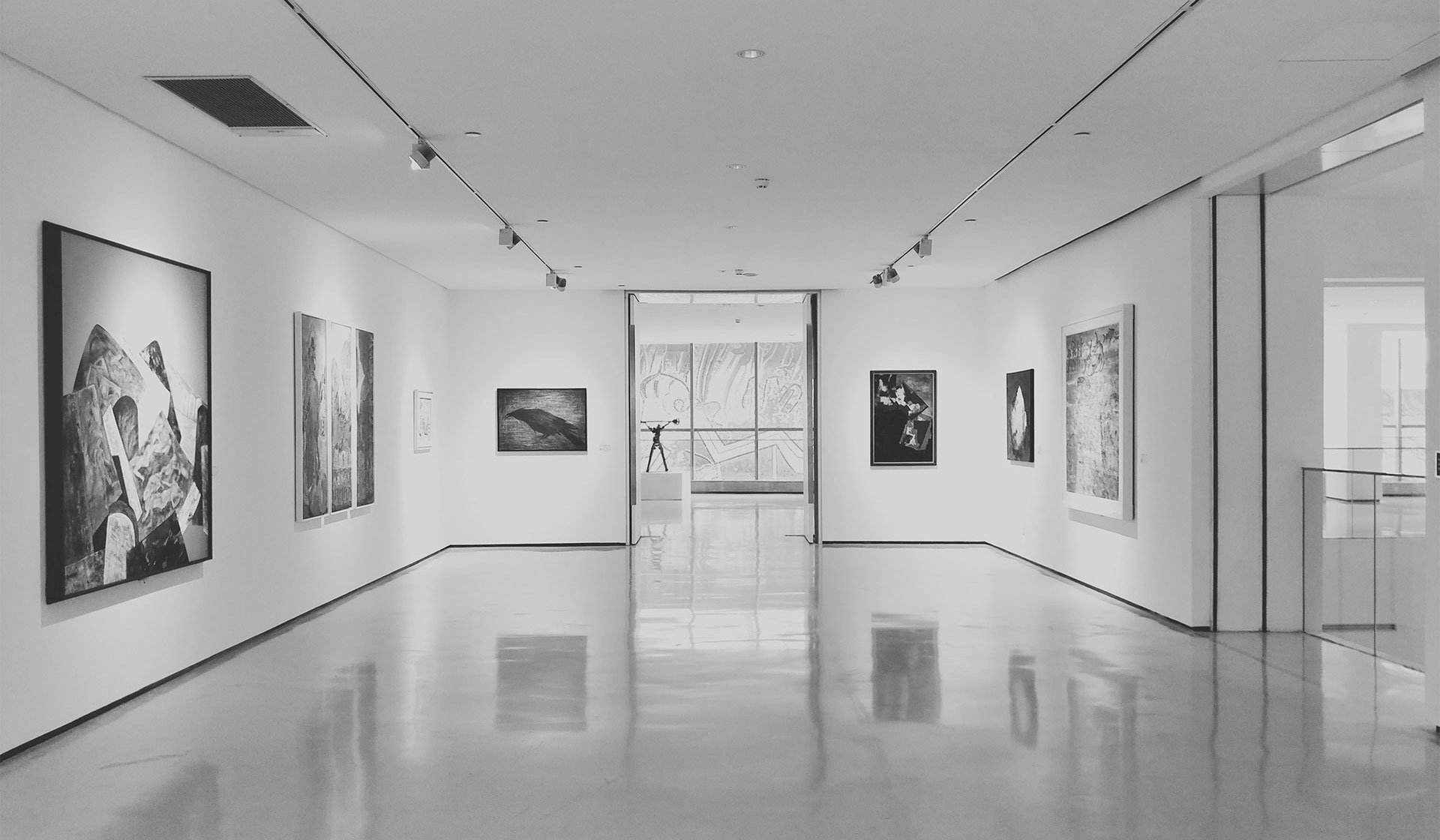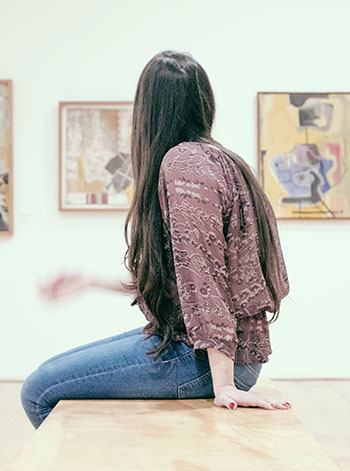Cliff Walk at Pourville
The Cliff Walk at Pourville is an 1882 painting by the French Impressionist painter Claude Monet. It currently resides at the Art Institute of Chicago.


The story behind a work of art told by a curator.
The Cliff Walk at Pourville is an 1882 painting by the French Impressionist painter Claude Monet. It currently resides at the Art Institute of Chicago.

The painting depicts what is believed to be Monet’s two future step-daughters, Marthe and Blanche Hoschedé, taking a stroll at the edge of the French countryside. The landscape features the small, blurred figures of the girls in the midst of colorful wildflowers overlooking a calm, blue sea.
Monet uses soft, quietly vivid colors and short brushstrokes to give the painting a sense of cheerful, peaceful movement. An impressionist work, the colors meld together, creating delicate lines and edges along with organic, flowing shapes. The girls serve as the focal point; however, their diminutive sizes and unobtrusive coloring make them a weak focal point, allowing the viewer’s gaze to drift along to the rest of the painting and take in the natural beauty of the seaside.
The painting utilizes atmospheric perspective, featuring the cliff edge in the foreground and the sea and sky behind. This division of earth vs. sea and sky balances the composition; the piece is split roughly at a diagonal, with the lower right half consisting of earth. Small, white ships can be seen in the upper left half receding towards the horizon, giving the work an added depth and sense of realism.


Housing a national collection, Tate Britain is the world centre for the study and display of British art. Highlights include a Turner collection of more than 300 paintings and thousands of watercolours, with considerable space also dedicated to two artists of the Romantic age, Constable and William Blake.
The national tradition of portraiture is represented in a fine collection of Elizabethan works, as well as those by Gainsborough, Reynolds, and Hogarth 'the father of English painting' whose much-loved Rake's Progress sequence remains a popular draw.


